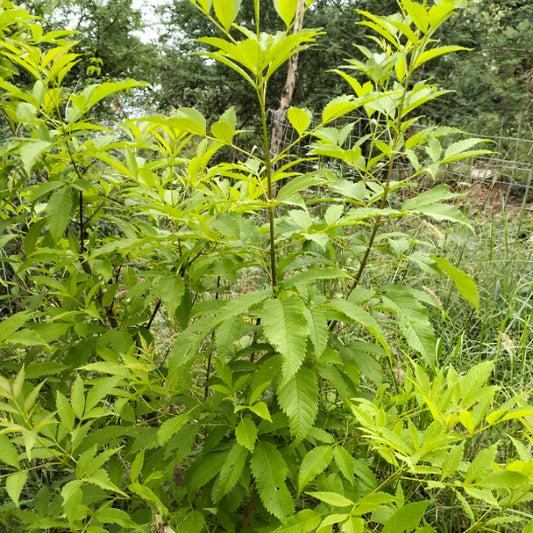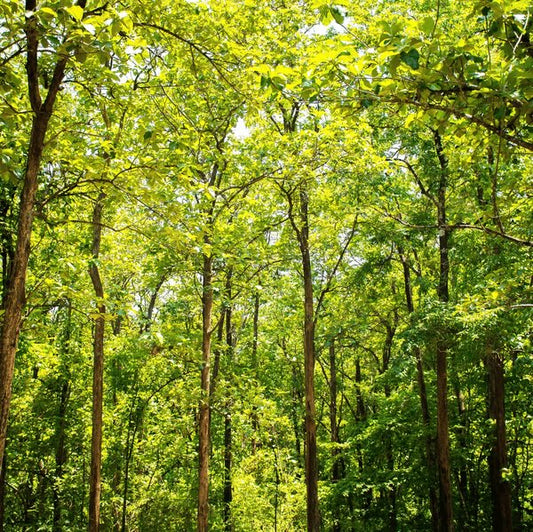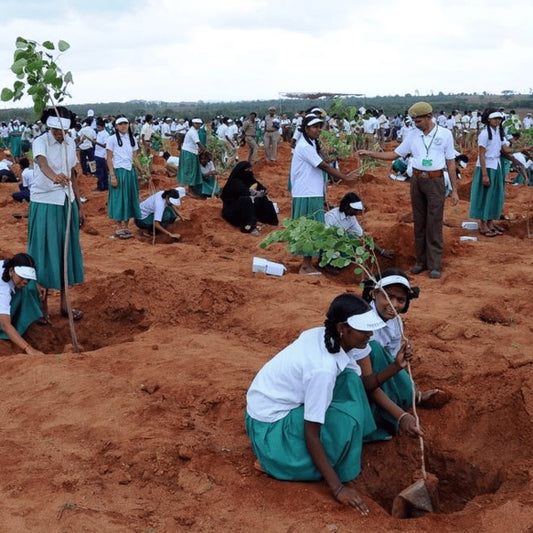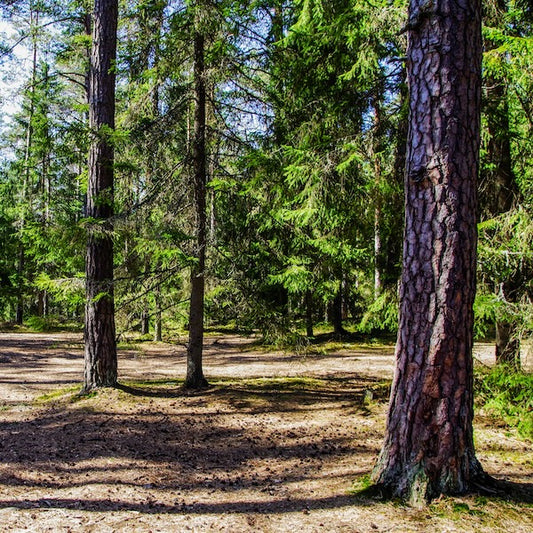Plant Trees for a Cause
Tree plantation for a cause is a movement that aims to address environmental, social, and economic challenges through the planting of trees. It enc Read more
-
Trees for Reducing Carbon Footprint
Regular price ₹ 299Regular priceUnit price per -
Trees for Forest
Regular price ₹ 299Regular priceUnit price per -
Trees for Environment
Regular price ₹ 299Regular priceUnit price per -
Trees for Environment Day (5th Jun)
Regular price ₹ 299Regular priceUnit price per -
Trees for Sparrows
Regular price ₹ 299Regular priceUnit price per -
Trees for Earth Day (22nd Apr)
Regular price ₹ 299Regular priceUnit price per -
Trees for Carbon Neutral Meetings
Regular price ₹ 299Regular priceUnit price per -
Trees for Van Mahotsav (1st-7th Jul)
Regular price ₹ 299Regular priceUnit price per
Plant Trees for a Cause
Tree plantation for a cause is a movement that aims to address environmental, social, and economic challenges through the planting of trees.
It encompasses a range of tree-planting initiatives, such as reforestation, carbon sequestration, agroforestry, urban forestry, and watershed management. The planting of trees is seen as a practical and effective solution to a range of global issues, including climate change, deforestation, loss of biodiversity, and poverty.
Tree plantation for a cause is typically carried out by individuals, organizations, and communities that are committed to environmental sustainability and social justice.
Through collective action and collaboration, tree plantation for a cause aims to create a healthier, more resilient planet for all.
Tree Plantation on World Environment Day
World Environment Day is celebrated every year on June 5th to raise awareness about environmental issues. Planting trees on this day is a great way to contribute to the cause of sustainability and help in reducing air pollution, soil erosion, and promoting biodiversity.
Tree Plantation on International Women's Day
International Women's Day, celebrated on March 8th, is a day to celebrate women's achievements and raise awareness about gender equality. Planting trees on this day can help in empowering women by providing them with livelihood opportunities and promoting eco-friendly practices.
Tree Plantation on Van Mahotsav
Van Mahotsav is an annual tree planting festival celebrated in India to raise awareness about the importance of trees and forests. Planting trees during Van Mahotsav not only helps in reducing air pollution and soil erosion but also promotes the conservation of natural resources.
Tree Plantation on Gandhi Jayanti
Gandhi Jayanti, celebrated on October 2nd, is a day to commemorate the birth anniversary of Mahatma Gandhi, the father of the nation. Planting trees on this day is a great way to pay homage to Gandhiji's philosophy of sustainability and promote environmental conservation.
Tree Plantation on Ambedkar Jayanti
Ambedkar Jayanti, celebrated on April 14th, marks the birth anniversary of Dr. B.R. Ambedkar, the architect of the Indian Constitution. Planting trees on this day helps in promoting Ambedkar's vision of sustainable development and environmental conservation. It also symbolizes the empowerment of marginalized communities through eco-friendly practices.
Tree Plantation on World Water Day
World Water Day is celebrated on March 22nd to raise awareness about the importance of freshwater and its sustainable management. Planting trees on this day helps in promoting water conservation by reducing soil erosion and enhancing the groundwater table.
Tree Plantation on Republic Day
Republic Day, celebrated on January 26th, marks the day when the Indian Constitution came into force. Planting trees on this day symbolizes the country's commitment towards sustainable development and promotes environmental conservation.
Tree Plantation on World Wildlife Day
World Wildlife Day, celebrated on March 3rd, is a day to raise awareness about the importance of wildlife and its conservation. Planting trees on this day helps in providing a natural habitat for various species of animals and birds and promoting ecological balance.
Tree Plantation on Independence Day
Independence Day, celebrated on August 15th, marks the day when India gained its freedom from British rule. Planting trees on this day not only symbolizes the spirit of freedom but also promotes environmental sustainability and conservation.
Tree Plantation on World Forestry Day
World Forestry Day, celebrated on March 21st, is a day to raise awareness about the importance of forests and their sustainable management. Planting trees on this day helps in reducing air pollution, soil erosion, and promoting biodiversity.
Tree Plantation on National Youth Day
National Youth Day, celebrated on January 12th, marks the birth anniversary of Swami Vivekananda, a great Indian philosopher and spiritual leader. Planting trees on this day helps in promoting youth engagement in environmental conservation and sustainability.
Tree Plantation on Earth Day
Earth Day, celebrated on April 22nd, is a day to raise awareness about environmental issues and promote sustainable development. Planting trees on this day helps in reducing air pollution, soil erosion, and promoting biodiversity.
Tree Plantation on Arbor Day
Arbor Day is a holiday dedicated to the planting and care of trees. The date of Arbor Day varies depending on the location, but it is typically celebrated in the spring. Planting trees on Arbor Day helps in promoting the conservation of natural resources and reducing the carbon footprint.
Tree Plantation on International Day for Biological Diversity
International Day for Biological Diversity, celebrated on May 22nd, is a day to raise awareness about the importance of biodiversity and its sustainable management. Planting trees helps in promoting biodiversity and protecting endangered species.
Browse Trees Plantations
FAQ
What is tree plantation by cause?
Tree plantation by cause refers to the planting of trees for a specific cause or purpose, such as for the restoration of a degraded ecosystem, to combat climate change, or to provide habitat for wildlife.
Why is tree plantation by cause important?
Tree plantation by cause is important because it helps to address specific environmental and social issues, such as deforestation, biodiversity loss, and the impacts of climate change. It can also provide benefits to local communities by improving air and water quality, providing shade, and creating new economic opportunities.
What are some common causes for tree plantation?
Some common causes for tree plantation include reforestation, agroforestry, urban forestry, watershed restoration, and biodiversity conservation.
How does tree plantation help combat climate change?
Trees absorb carbon dioxide (CO2) from the atmosphere during photosynthesis, which helps to reduce the concentration of greenhouse gases that cause climate change. In addition, forests and other tree plantations can act as carbon sinks, storing large amounts of carbon in their biomass and soils.
What are some examples of reforestation projects?
Examples of reforestation projects include the restoration of degraded land, the establishment of new forests on previously deforested land, and the replanting of trees in areas affected by natural disasters such as wildfires or hurricanes.
What is agroforestry?
Agroforestry is a land use system that combines trees with crops and/or livestock in a way that provides ecological, economic, and social benefits. It can help to improve soil health, enhance biodiversity, and provide additional income for farmers.
What is urban forestry?
Urban forestry is the management of trees and other vegetation in urban areas for their ecological, economic, and social benefits. It includes the planting and maintenance of trees in public spaces such as parks, streets, and green roofs.
What is watershed restoration?
Watershed restoration refers to the process of restoring degraded or damaged watersheds by planting trees and other vegetation. This can help to improve water quality, reduce erosion, and increase the resilience of ecosystems to climate change.
How can tree plantation help to conserve biodiversity?
Tree plantation can help to provide habitat for wildlife, particularly if native tree species are used. It can also help to restore degraded ecosystems and promote the recovery of threatened or endangered species.
What are some benefits of tree plantation for local communities?
Tree plantation can provide a range of benefits for local communities, including improved air and water quality, increased access to wood and other forest products, and new economic opportunities such as ecotourism.
How can I get involved in tree plantation by cause?
There are many ways to get involved in tree plantation by cause, including volunteering with local conservation organizations, supporting reforestation projects, and planting trees in your own community.
What types of trees are best for tree plantation by cause?
The types of trees that are best for tree plantation by cause depend on the specific objectives of the project. Native tree species are generally preferred, as they are better adapted to local environmental conditions and provide greater benefits for local ecosystems.
What are some challenges associated with tree plantation by cause?
Challenges associated with tree plantation by cause can include securing funding for projects, ensuring the survival and growth of planted trees, and dealing with threats such as pests, disease, and wildfire.
How long does it take for planted trees to mature?
The time it takes for planted trees to mature depends on the species of tree and the growing conditions. Some trees can reach maturity in as little as a few years, while others may take several decades.
What are some challenges associated with tree plantation by festivals?
Challenges associated with tree plantation by festivals include limited space, lack of community engagement, and inadequate resources for tree care and maintenance.
How can governments support tree plantation by festivals?
Governments can support tree plantation by festivals by providing funding for tree planting programs, promoting public awareness about environmental conservation, and implementing policies that encourage sustainable land use.
What are some successful examples of tree plantation by festivals?
Successful examples of tree plantation by festivals include the Christmas Tree Planting Ceremony in Madrid, Spain, the Diwali Tree Planting Campaign in India, and the Hanukkah Plant-a-Tree Project in Israel.
How can tree plantation by festivals contribute to climate change mitigation?
Tree plantation by festivals can contribute to climate change mitigation by sequestering carbon dioxide from the atmosphere, reducing the urban heat island effect, and enhancing soil health
How much does it cost to plant a tree on Special Occasions?
The cost of planting a tree start at Rs 99. It can vary depending on the tree species, size, and where it is located.
Can I personalize the tree?
Yes, you can personalize the gift of a tree via a certificate and a personalized greeting card with the gift.
Can I choose where the tree is planted?
No, tree plantation happens in bulk in forest with capacity of 10,000 or more plants. location is chosen based availability.






















